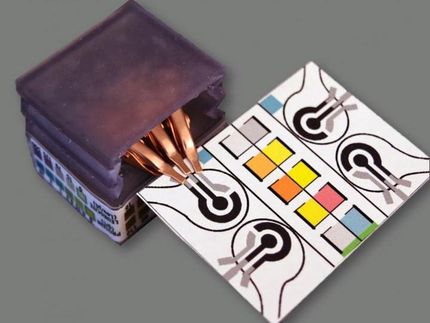QIAGEN Expands Partnership with Genome Diagnostics for Development of Tests in Prevention and Personalized Healthcare
Extended HLA testing portfolio includes products to assess tolerance for Lumiracoxib and for the early detection of inflammatory diseases
Advertisement
QIAGEN announced that it has entered into an agreement with the Dutch molecular diagnostic component supplier Genome Diagnostics which covers the development and commercialization of 6 new tests until 2011. QIAGEN believes that this collaboration will further expand the Company’s testing portfolio for the early detection of diseases and individualized treatment of patients – thereby strengthening QIAGEN’s molecular diagnostics offering for applications in prevention and personalized healthcare. Financial details have not been disclosed.
The molecular tests to be developed by Genome Diagnostics target the detection of genetic variations in the so called Human Leukocyte Antigen (HLA) complex. These assays represent the next generation of such tests and are based on QIAGEN’s proprietary “Pyrosequencing” and other sequencing technologies. In contrast to other detection methods, Pyrosequencing enables fast, cost effective and accurate analysis of HLA sequences, thereby allowing for direct detection of previously unknown polymorphisms.
Main application areas for the new tests will include prevention and personalized healthcare. These are areas where HLA testing is considered to be increasingly important. Among others, the new product portfolio will include tests for the biomarker HLA DQA1 gene, which is associated with a higher risk for adverse reactions to lumiracoxib, a painkiller marketed by Novartis under the trade name Prexige for treatment of the bone disease Osteoporosis. Lumiracoxib was withdrawn from Canadian, European and Asian markets after the occurrence of adverse reactions linked to its potential toxic effect on the liver. In early 2010, Novartis announced a possible re-submission of the drug for regulatory approval in combination with an unidentified companion diagnostic which would allow the identification of patients not at risk to develop such adverse reactions, as indicated by their genetic profile. This would make lumiracoxib the first drug which was withdrawn from the market but then re-approved by regulatory authorities in combination with a companion diagnostic test.
Other biomarkers targeted by the new tests include the identification of alleles (DNA sequences of a particular gene) within the groups HLA-B*27 and HLA-B*57. The analysis of these genetic variations in the HLA complex allows for the early identification of patients who are at risk of developing disorders such as Morbus Bechterew and other inflammatory diseases, and is thus considered to be an important part in preventing these disorders. It has also been shown that certain alleles within the groups of HLA-B*27 and HLA-B*57 can give information on the development and progress of infectious diseases such as AIDS.























































